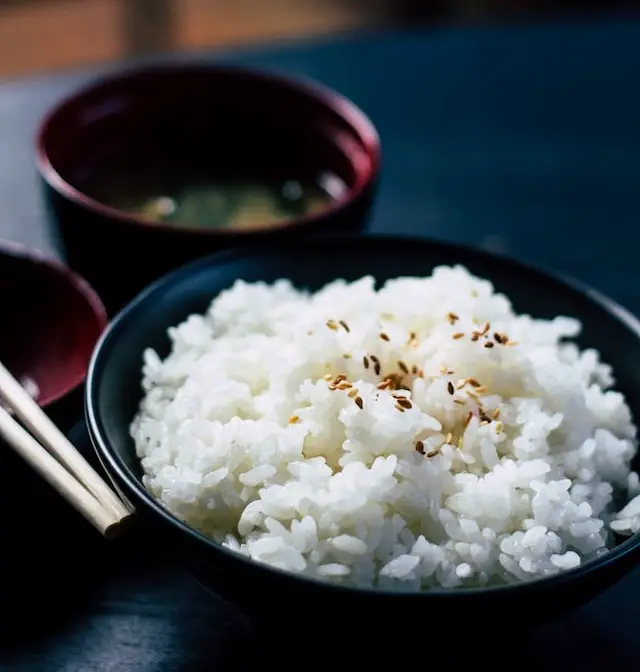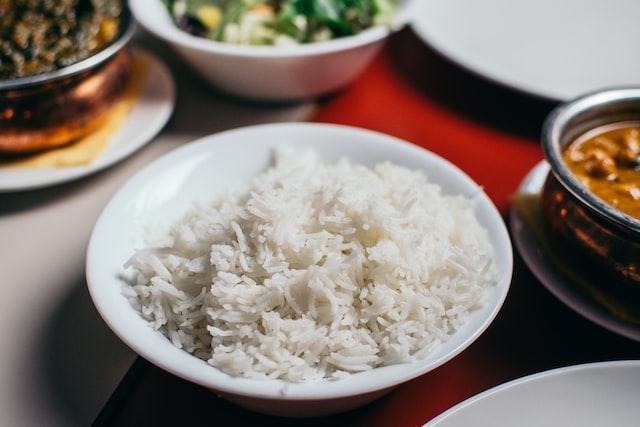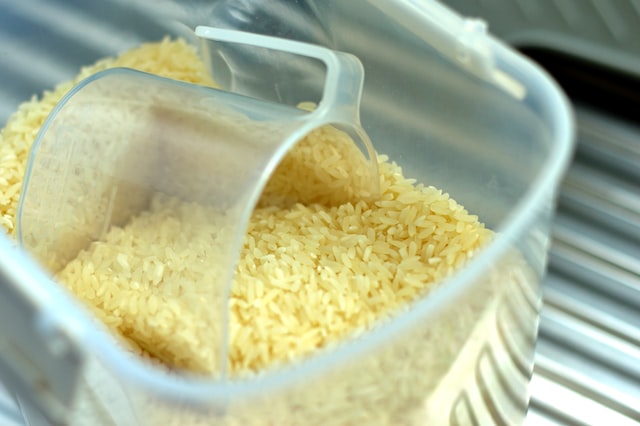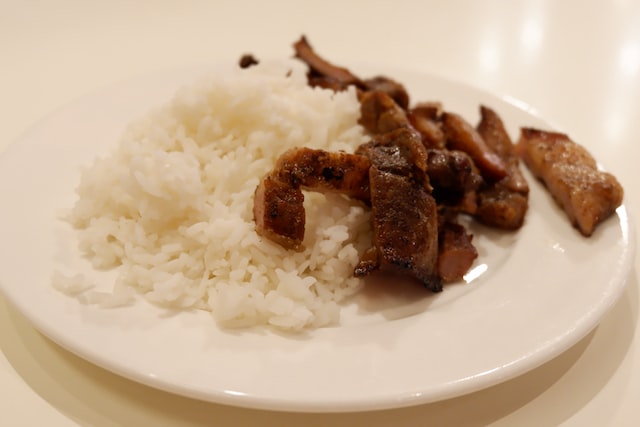White rice has a negative reputation for being fatty and unsuitable for diabetics, despite its popularity worldwide. But do these allegations hold any water? Let’s see what the dietary experts have to say about this.
Of course, the fact that white rice boils quickly and is responsible for many mouthwatering dishes also contributes to its appeal. However, despite its taste, white rice is believed to be exceedingly fattening.
In many healthy societies, white rice is viewed as an unhealthy alternative. In fact, it has such a negative reputation that many doctors and dietitians recommend avoiding it.
It is extensively processed and lacks the bran (the outer layer), hull (the protective outer layer), and germ (a nutrient-rich core). In contrast, the brown type of rice has only had its hull removed.
This is why brown rice has numerous minerals and vitamins, whereas white rice does not.
However, there are circumstances in which white rice is preferable to brown rice.
This article will assist you in determining whether or not white rice is healthy.
Contents
Deprived of Fiber and Vitamins
Brown and white rice are the most common forms of rice, and their origins are comparable.
Brown rice consists of a complete grain of rice. It consists of carbohydrate-rich endosperm, nutrient-rich germ and fiber-rich bran.
In contrast, the germ and bran are removed from white rice, leaving only the endosperm. It is then treated to increase flavor, prolong the life of the shelf, and improve cooking qualities.
The white type of rice is regarded as empty of carbohydrates since it lacks primary nutritional sources.

In the United States and many other nations, white rice is frequently fortified with iron and B vitamins such as folic acid, niacin, and thiamine, among others.
A 3.5-ounce portion of brown rice contains few calories and carbohydrates and double the amount of fiber as white rice.
Additionally, brown rice contains more minerals and vitamins than the white type of rice. However, white rice is more enriched in folate and iron content.
In addition, brown rice has more antioxidants and amino acids.
Notably, both brown rice and white rice are naturally gluten-free, making them an excellent source of carbohydrates for individuals with diseases like celiac or non-celiac gluten sensitivity.
Higher Risk of Diabetes
The glycemic index measures how fast the human body makes sugar by converting carbohydrates into sugar that can be taken into the bloodstream.
The score runs up to 100 and is labeled as follows:
Low GI: less than 55
GI range: starting from 56 till 69
GI between 70 and 100
Foods having a lower GI appear to be more beneficial for patients with diabetes type 2, as they promote a gradual but slow rise in blood sugar levels. Fast rises in blood sugar may be induced by foods with a high GI.
The glycemic index of brown rice is 55, while that of white rice is 64. Therefore, carbohydrates in white rice are converted into blood sugar more quickly than carbohydrates in brown rice.

In addition, each daily intake of white rice increased the risk of diabetes type-2 by 11%. This may be one of the reasons why white rice has been linked to an increased risk of type 2 diabetes.
In a study conducted in the United States, higher intakes of white rice were associated with an increased risk of type 2 diabetes, but higher intakes of brown rice were associated with a considerably reduced risk.
Minor Chances of Developing Metabolic Syndrome
Syndromes like metabolic refer to a bunch of risk factors that may raise your likelihood of developing cardiovascular disease, stroke and type 2 diabetes.
Some of these risk factors are:
- Elevated blood pressure.
- Elevated fasting blood glucose.
- High levels of triglycerides.
- A big waistline.
- Low HDL cholesterol levels.
According to studies, adult Asians who routinely consume large quantities of white rice have an increased risk of this syndrome.
While studies have also found a correlation between diabetes and white rice consumption, the relationship between white rice and cardiovascular disease remains uncertain.
Meanwhile, consumption of brown rice has been linked to a reduced risk of cardiovascular disease.
Effects of Weight Loss
While numerous studies on white rice have linked diets high in refined grains to weight gain and obesity, but the information about white rice is inconsistent.
Some studies have linked diets high in refined grains, such as white rice to obesity, weight gain and abdominal fat, while others have shown no association.

In addition, white rice-based diets have been demonstrated to assist in weight loss, particularly in nations where it is a staple food.
In conclusion, white rice appears neither beneficial nor detrimental to weight loss.
Should You Consume White Rice?
In certain circumstances, white rice might serve as a superior option to brown rice, despite its frequent and unjustified criticism.
For example, pregnant women might benefit from the additional folate present in white rice.
In addition, those on a low-fiber diet and those with heartburn or nausea may find that white rice is more easy to digest and less likely to cause uncomfortable feelings.

However, brown rice remains the superior alternative for the majority. It includes a greater variety of minerals, vitamins, vital amino acids, and substances derived from plants.
They also have an inferior glycemic index, which indicates that their carbohydrates are turned into blood sugar more slowly, making them more suitable for diabetics and pre-diabetics.
However, it is completely fine to have white rice, without feeling bad, in moderation.
Conclusion
Although white rice is more refined, it is not always inferior.
The majority of white rice in the United States is fortified with vitamins such as folate to boost its nutritional worth. In addition, its low fiber level may cause digestion problems.
However, brown rice is ultimately more nutritious and healthier. In addition, research indicates that brown rice is superior for heart disease, weight maintenance, and diabetes.

